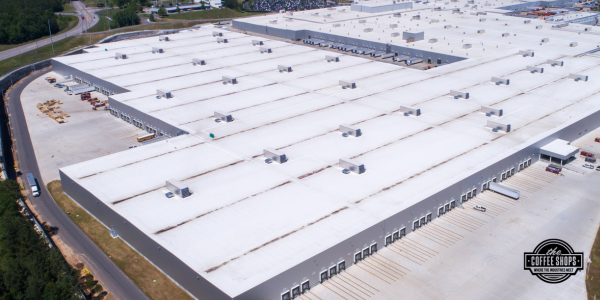2022 Hurricane Season Starts: MRA Offers Tips for Homeowners to Protect Their Homes

By taking action, making smart improvement choices and investing in better performing upgrades, homeowners can help protect themselves from potential disasters and costly damage.
Hurricanes, hail, tornados and thunderstorms: Already, 2022 is shaping up to be a year of dangerous climate events. Experts say guarding homes against the worst of spring and summer weather starts right at the top. This week marks the beginning of official hurricane season (the 2022 hurricane season begins on June 1 and ends November 30) and already, tropical storms and wild spring weather has homeowners throughout the country scrambling for protection.
Monster hurricane, hail, tornado and thunderstorms can seem like vastly different phenomena, but they have plenty of commonalities. Each can bring powerfully strong winds, strong enough to rip a roof off a home. They also can result in severe damage, either by flying airborne debris or large objects striking and potentially penetrating a home, and intense, sudden downpours. In all cases, it's the roof of a home that often bears the worst of these extreme conditions and must be relied upon to protect a home from even more costly and serious damage.
"Spring and summer bring a trifecta of threats, depending on the region where you live. Climate instability means it's more important than ever to evaluate the resiliency of your home and make improvements with the potential of these damaging forces in mind," said Renee Ramey, Metal Roofing Alliance (MRA) executive director.
Many roofers believe metal is the gold standard when it comes to roofing material to guard against severe weather events. That's because when installed properly, quality metal roofs are rated to stand up to F2 tornado wind speeds (F-scale stands for the Fujita Scale of Tornado Intensity, with F2 equaling wind speeds of 113-157 mph), resist leaks and are much less likely to puncture, tear or crack due to flying debris or massive hailstones.
Aside from choosing better performing and longer lasting materials, roofing experts offer these suggestions for preparing your roof from extreme spring and summer weather events:
Pay close attention to installation practices
Make sure your installer proposes methods to protect against the worst of potential regional threats. That includes using quality weatherproof underlayment to further guard against water penetration and recommending the proper use of hurricane clips and interlocking systems that will help your home literally "baton down the hatches" in the event of an extreme storm. Keep in mind if your roof decking or sheathing isn't structurally sound, the roofing materials or upgrades you use won't matter; it must be stable from the start.
Use slope design to your advantage
More and varied roof slopes can improve the aerodynamics of a structure and reduce the pressure on a roof caused by high winds. For new construction or major remodeling projects, work with your architect and engineer on ways to better control and reduce the effects of strong wind force.
Make the connection
Securing a roof to the walls decreases the potential of the roof flying off when it's under intense pressure from high speed winds and severe air pressure fluctuations. During a tornado or hurricane, massive changes in air pressure caused by a penetration such as a broken window can blow a roof off. Securely attaching a roof to the walls of your home helps prevent this phenomenon from occurring. Additionally, talk to your roofer about whether to consider installing a movable flap next to the seam of your roof, which also can help stabilize air pressure.
Consider style practicality
In areas where hail damage is common, choosing a textured metal roof design pattern may help disguise potential dings that can result from heavy hail and flying debris. While a quality metal roof is designed to withstand blows and remain intact and impenetrable even when subjected to the heaviest of hailstorms, minor cosmetic imperfections resulting from impacts can be better disguised with textured vs. smooth styles. When it comes to impact damage, keep in mind that metal vastly outperforms traditional asphalt roofs, which can crack, dislodge and break, resulting in the need for premature replacement and increasing the potential for leaks and costly interior damage.
About Metal Roofing Alliance (MRA)
Representing the residential metal roofing industry in the United States and Canada, the Metal Roofing Alliance (MRA) was formed to help educate consumers about the many benefits of metal roofing. For more information about MRA membership, residential metal roofing resources and tools, visit MRA at www.metalroofing.com.










Comments
Leave a Reply
Have an account? Login to leave a comment!
Sign In